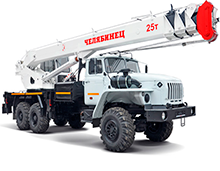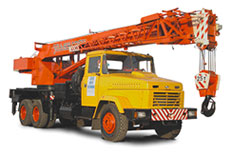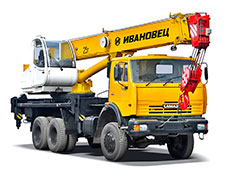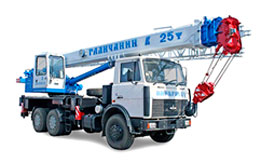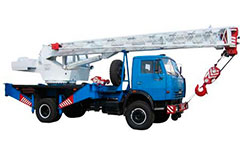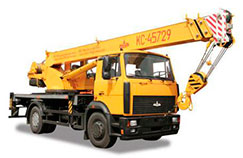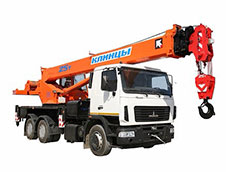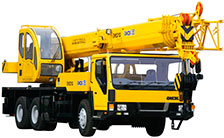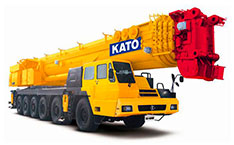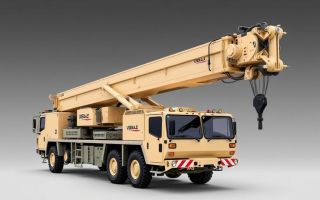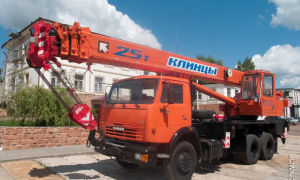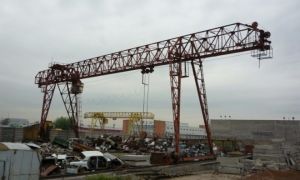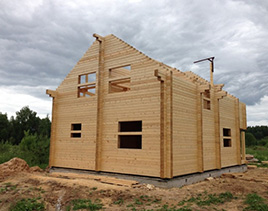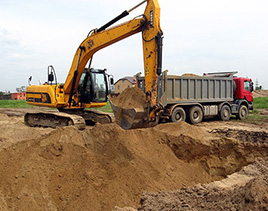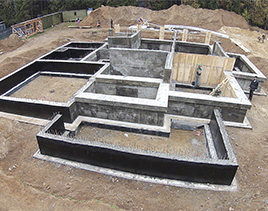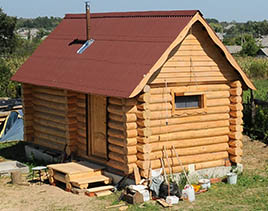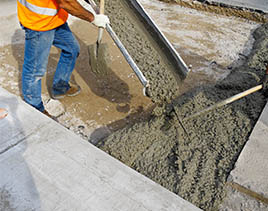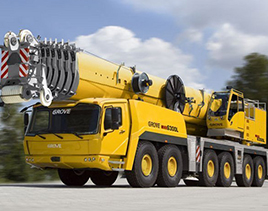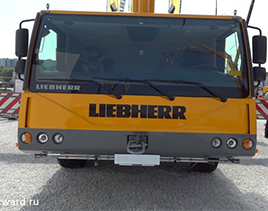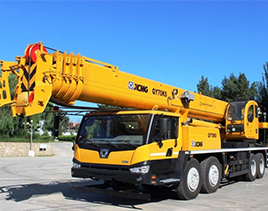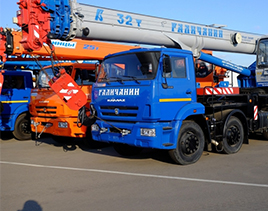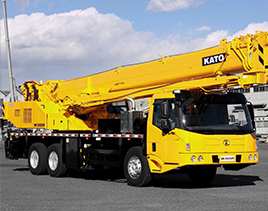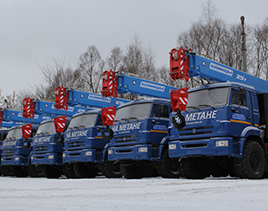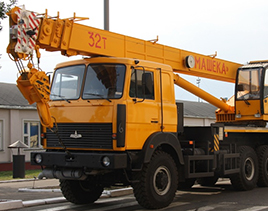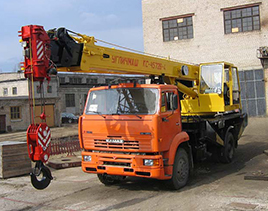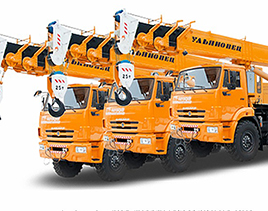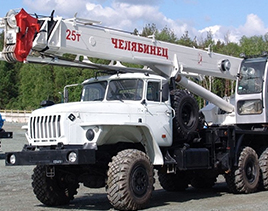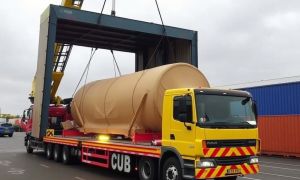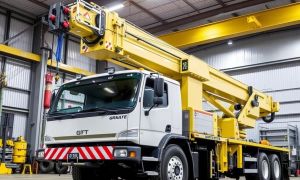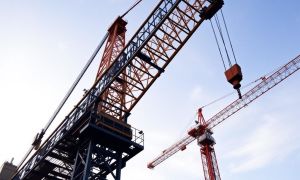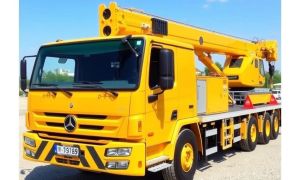When you think about the military and defense sector, towering cranes might not be the first image that crosses your mind. Yet, mobile cranes play an indispensable role in modern defense operations, infrastructure development, and emergency responses. These powerful machines bring unmatched strength, flexibility, and mobility to the battlefield and support zones, making them critical assets in both peacetime and during conflicts. From constructing temporary bridges to loading heavy equipment and clearing obstacles, mobile cranes are a vital component of military logistics and engineering.
In this comprehensive article, we’ll explore how mobile cranes contribute to military and defense applications, the variety of crane types used, their unique features tailored for defense needs, and the challenges faced when deploying them in rugged environments. We will also provide a detailed overview of the operational benefits and the evolving technology shaping mobile crane usage within the armed forces. Whether you’re a military enthusiast, defense contractor, or someone interested in heavy machinery, this guide is your gateway to understanding the crucial role mobile cranes play in safeguarding nations.
The Role of Mobile Cranes in Military and Defense Operations
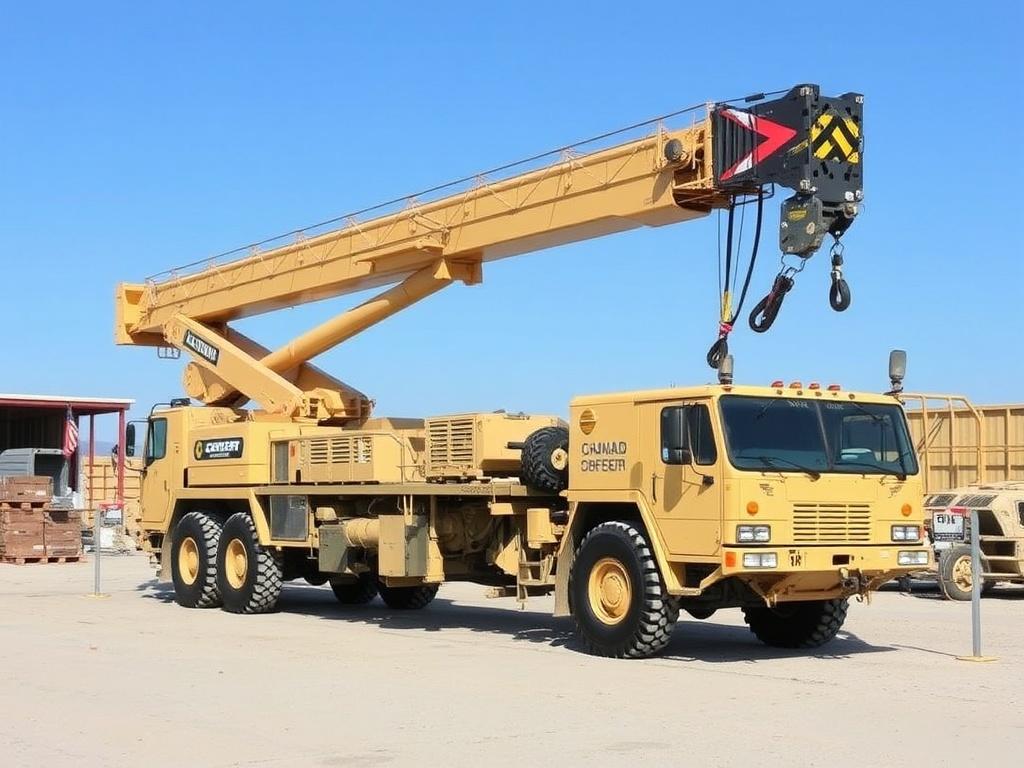
Mobile cranes serve as multipurpose tools that enhance the military’s ability to build, move, and maintain critical infrastructure rapidly. Unlike fixed cranes, mobile cranes offer the flexibility to be transported across different terrains and deployed in various combat or non-combat scenarios. As the demands of defense strategy grow more complex, mobile cranes have become integral to efficient mission execution.
In military and defense applications, mobile cranes help in:
- Construction and maintenance of forward operating bases (FOBs)
- Loading and unloading heavy supplies and equipment
- Bridge building and repair—especially temporary and modular bridge components
- Recovery operations such as vehicle extraction and debris removal
- Rapid emplacement of communication masts and radar units
Their presence ensures that the military can maintain operational momentum without depending entirely on heavy engineering units that take longer to mobilize.
Why Mobility Matters in Defense Settings
In battlefield environments, time and mobility are often the deciding factors between mission success and failure. Fixed cranes, though powerful, are usually stationary or require long setup times, making them impractical in fast-moving situations. Mobile cranes offer the advantage of being driven to the site, quickly assembled or ready from the start, and capable of adapting to diverse environments including deserts, forests, and urban settings.
Because they are often mounted on trucks or all-terrain vehicles, military mobile cranes can traverse rough terrain that otherwise restricts logistical capabilities. Their adaptability allows them to support not only engineering tasks but also emergency responses in warzones or disaster-hit areas under military operation.
Types of Mobile Cranes Used in Military and Defense Applications
The military utilizes several types of mobile cranes, each suited to specific tasks and operational conditions. These include truck-mounted cranes, rough terrain cranes, all-terrain cranes, crawler cranes, and sometimes even specialized aerial cranes for vertical lift operations.
Truck-Mounted Cranes
Truck-mounted cranes combine the mobility of trucks with the lifting power of cranes. They are straightforward to deploy and are used primarily for lighter lifting tasks like loading supplies or small vehicle recovery. Their speed and ability to use public roadways make them excellent for rapid deployment.
Rough Terrain Cranes
Designed specifically for off-road conditions, rough terrain cranes have large, rugged tires and compact builds to maneuver in restricted and challenging areas. Their hydraulic systems provide smooth lifting even on uneven surfaces, which is essential in active combat zones or remote construction sites.
All-Terrain Cranes
All-terrain cranes offer the best of both worlds — the mobility needed for highway travel combined with off-road capability. They are often used in military applications requiring medium to heavy lifting capacity while maintaining mobility over varied terrain.
Crawler Cranes
Crawler cranes ride on tracks rather than wheels, giving them exceptional stability and lifting capacity. While not as mobile as wheeled cranes, they can be used in situations where heavy lifting and steady positioning are priorities. They are often deployed for infrastructure projects within military bases.
Specialized Mobile Cranes
The military sometimes employs customized crane variants fitted with armored cabins, enhanced suspension, and remote operation capabilities to shield operators from hostile threats. Such adaptations underline the importance of safety without compromising performance in conflict zones.
Key Features That Adapt Mobile Cranes for Defense Use
Mobile cranes used in military and defense settings are not off-the-shelf commercial units—they are equipped with specific features to meet demanding requirements:
| Feature | Description | Military Benefit |
|---|---|---|
| Armored Operator Cabin | Reinforced cabin with ballistic protection | Protects crew from small arms fire and shrapnel |
| All-Terrain Mobility | Enhanced suspension and tires/tracks for off-road movement | Enables transportation through rugged and diverse environments |
| Remote Operation | Systems allowing crane operation from a safe distance | Keeps operators out of harm’s way during high-risk tasks |
| Rapid Setup Mechanisms | Hydraulic stabilizers and quick assembly interfaces | Minimizes downtime in mission-critical operations |
| Compact Design | Foldable or retractable boom and components | Eases transportability and camouflage in combat zones |
These specialized enhancements ensure that mobile cranes are not only effective machines but also survive in hostile and unpredictable environments.
Military Applications: From Infrastructure to Combat Support
Mobile cranes have a broad range of applications within the military and defense sectors. They assist combat engineers, logistics teams, and tactical planners in tasks that require moving heavy loads or creating critical infrastructure.
Construction and Engineering Works
Rapid construction of defensive structures, bunkers, and forward operating bases depends heavily on mobile cranes. They lift prefabricated components into place, position heavy concrete barriers, and help assemble communication towers. When infrastructure is needed quickly in remote locales, these cranes serve as the backbone of engineering teams.
Bridge Building and Maintenance
Temporary bridges, such as military modular bridges or pontoon bridges, require precise and heavy lifting during deployment. Mobile cranes enable fast assembly and repairs, which is essential during battlefield maneuvers or humanitarian interventions where river crossings are frequent obstacles.
Vehicle Recovery and Debris Clearing
After combat or accidents, vehicles can become trapped or damaged, blocking vital supply routes. Mobile cranes excel in recovering disabled vehicles, clearing debris, or relocating equipment, ensuring lines of communication and transport remain open and functional.
Loading and Unloading Supplies
In military logistics, the ability to efficiently handle heavy cargo such as ammunition, fuel containers, or humanitarian aid supplies can dramatically affect operational success. Mobile cranes bridge the gap between supply depots, transport vehicles, and field units.
Emergency and Disaster Response by the Military
During natural disasters or humanitarian crises where military forces are mobilized, mobile cranes help remove rubble, stabilize unstable structures, and facilitate rescue operations. Their ability to be rapidly deployed and operate across challenging terrains makes them invaluable for such missions.
Technical Challenges and Innovations in Military Mobile Cranes
Operating mobile cranes in military contexts is often complicated by the environment and threat level. Yet, ongoing technological advancements continue to sharpen their capabilities and usability.
Challenges
- Harsh Environments: Extreme weather, rough terrain, and limited infrastructure challenge crane operation and transport.
- Security Risks: Operating close to combat zones puts cranes and operators at risk of attack or sabotage.
- Logistics and Maintenance: Ensuring spare parts, fuel, and repairs in remote or hostile areas is difficult.
Innovations
- Remote and Autonomous Controls: Reducing operator risk by allowing crane operation from safe distances or automating tasks.
- Hybrid Power Systems: Using electric/hybrid engines to reduce noise and thermal signatures, aiding stealth in operations.
- Modularity: Cranes that break down into easily transportable units for quick airlift or sea transport.
- Advanced Materials: Lightweight but strong alloys reduce overall crane weight while maintaining lifting capacity.
Such improvements are increasingly important as military operations demand faster and smarter deployment of heavy machinery.
Summary Table: Comparing Mobile Crane Types for Military Use
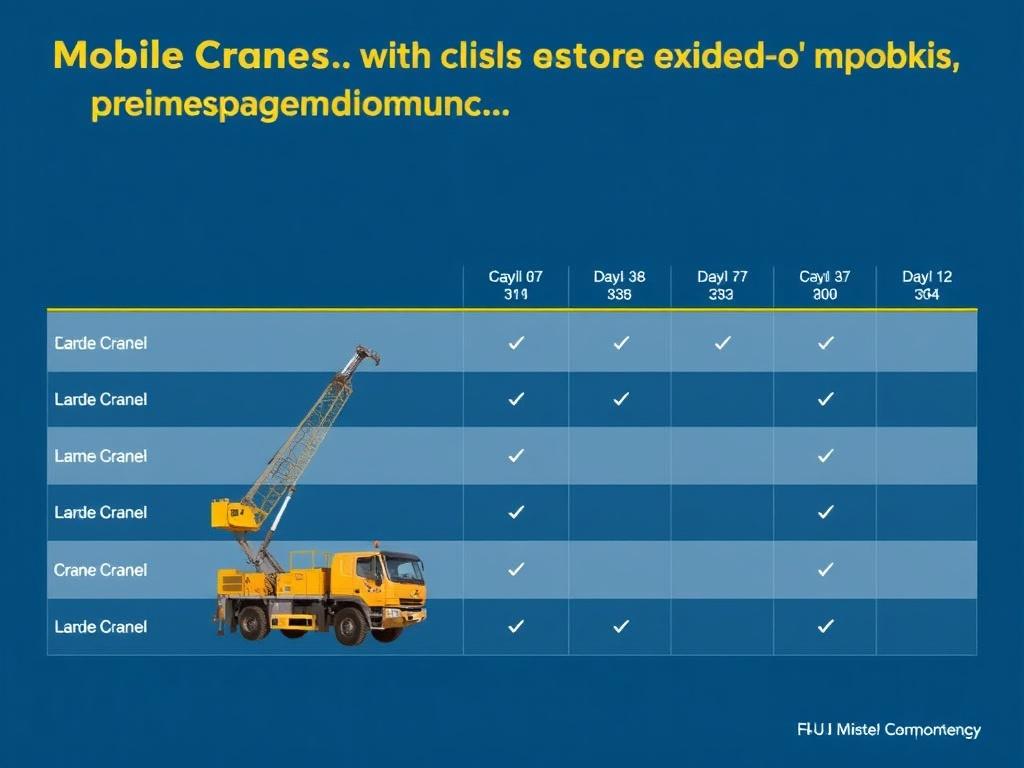
| Crane Type | Typical Load Capacity | Mobility | Primary Military Uses | Advantages | Limitations |
|---|---|---|---|---|---|
| Truck-Mounted Crane | 5 to 50 tons | High (road-friendly) | Supply loading, light recovery | Fast deployment, road-speed transit | Limited off-road capability |
| Rough Terrain Crane | 20 to 100 tons | Medium (off-road wheels) | Field construction, bridge assembly | Good off-road, quick setup | Less speed on roads |
| All-Terrain Crane | 20 to 300+ tons | High (road & off-road) | Heavy lifting, versatile tasks | Long reach, multi-terrain | Cost, complexity |
| Crawler Crane | 50 to 1000+ tons | Low (track-based) | Base infrastructure, heavy projects | Heavy lift, stable | Slow movement |
Future Trends: Integration of Technology and Tactical Use
As military technology advances, mobile cranes are expected to become even more integrated with battlefield command systems, autonomous vehicle fleets, and real-time intelligence gathering. Concepts such as AI-assisted operation and predictive maintenance could revolutionize how cranes are deployed and maintained under combat or austere conditions.
Moreover, with the rise of expeditionary warfare and rapid-response forces, mobile cranes need to be lighter, faster, and more adaptable than ever before. The integration with unmanned ground vehicles (UGVs) or drones may allow cranes to operate semi-autonomously to perform repetitive or high-risk tasks.
The Impact of Robotics and Automation
Robotics will likely play a key role in the future of mobile cranes for military use. Imagine a remote-controlled crane that can load supplies without exposing personnel to danger, or an automated unit that can quickly assemble bridge sections under enemy fire. These advancements will dramatically enhance safety and operational tempo.
Environmental and Sustainability Considerations
Military operations are increasingly conscious of environmental footprints. Mobile cranes with hybrid engines or alternative fuels help reduce emissions and noise pollution, offering stealth benefits and aligning with broader sustainability initiatives within defense sectors worldwide.
Final Thoughts
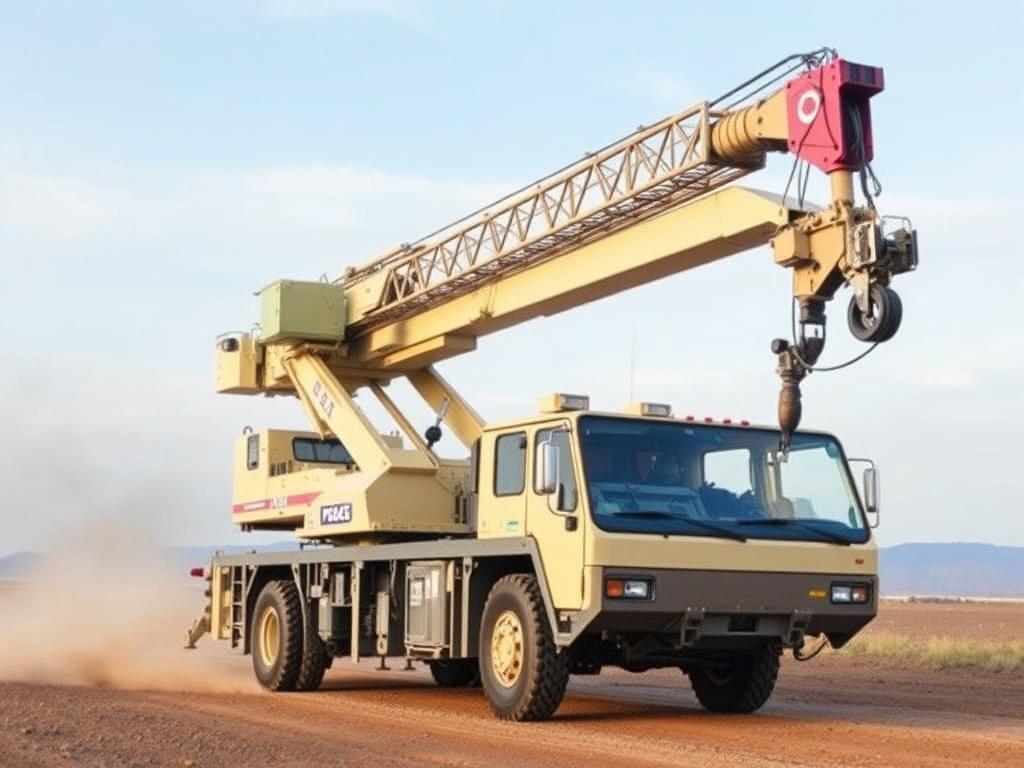
Mobile cranes are much more than simple lifting machines in military and defense applications; they are strategic enablers, multipurpose workhorses that ensure tasks are completed efficiently under the most challenging circumstances. Their ability to provide rapid construction, load heavy equipment, recover vehicles, and support emergency response contributes directly to mission success and soldier safety. As technology advances, mobile cranes will continue to evolve, becoming smarter, more autonomous, and better suited to the dynamic nature of modern warfare and defense logistics.
Conclusion
In sum, mobile cranes have firmly established themselves as a critical asset in military and defense operations. Their mobility, strength, and adaptability allow armed forces to construct vital infrastructure, handle logistics, and respond swiftly to emergencies, all while operating in hostile or austere environments. Ongoing technological innovations and evolving tactical doctrines promise even greater integration and capability for these versatile machines, ensuring they remain a cornerstone of military engineering and logistical support for years to come. Whether on the battlefield, supporting peacekeeping missions, or responding to disasters, mobile cranes deliver not just heavy lifting—they deliver heavy impact for defense readiness and operational success.

